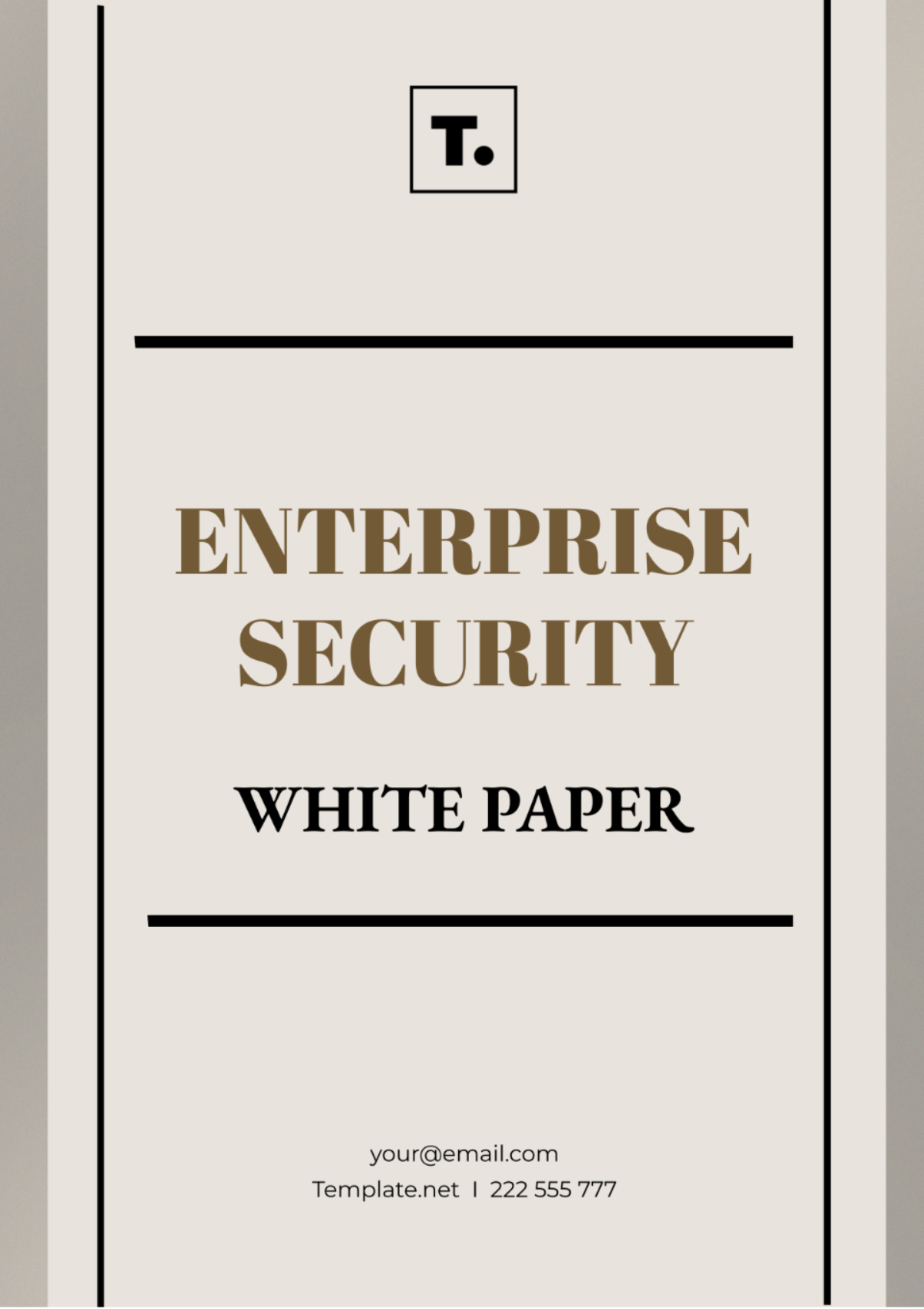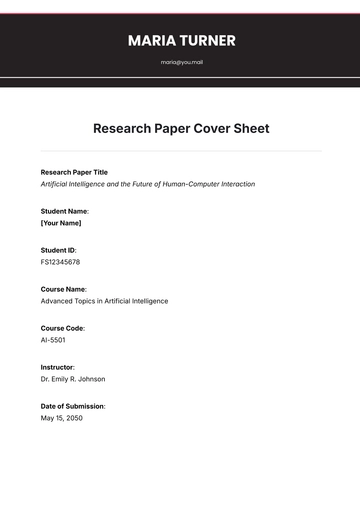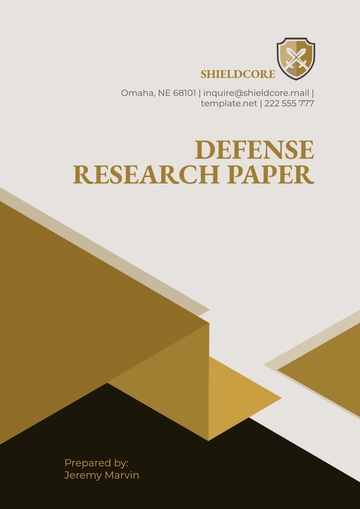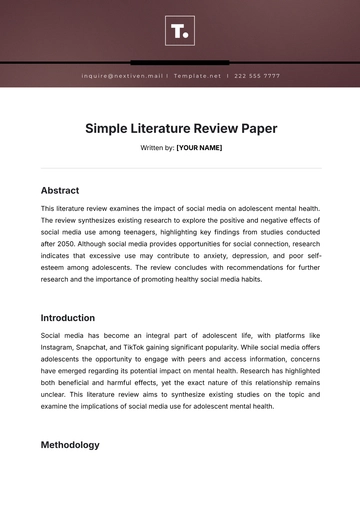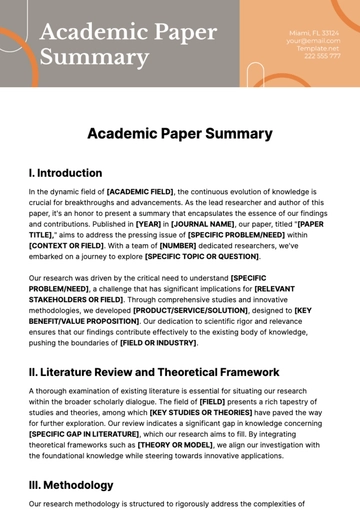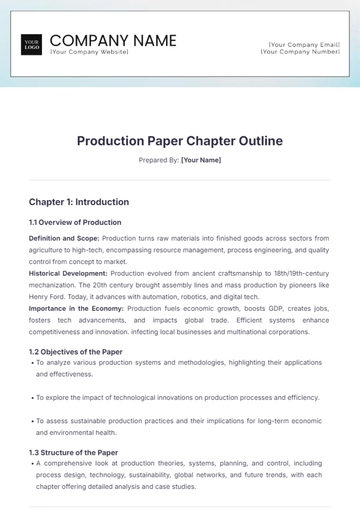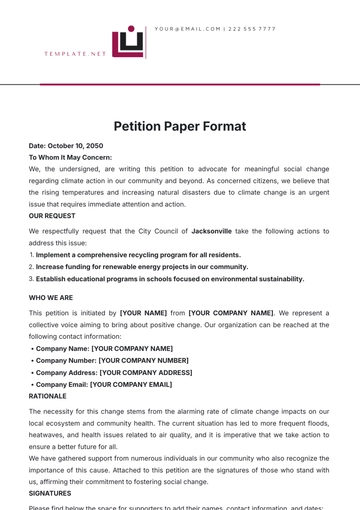Enterprise Security White Paper
Ensuring Enterprise Security: Best Practices and Solutions
[Your Company Name] is committed to safeguarding the integrity, confidentiality, and availability of its digital assets. This white paper, authored by [Your Name], from [Your Department], outlines our strategic approach to enhance our cybersecurity posture.
I. Introduction

In today's digital landscape, [Your Company Name] recognizes the paramount importance of securing its digital assets, infrastructure, and data. This white paper serves as a comprehensive guide to understanding and implementing best practices, strategies, and solutions for ensuring enterprise security.
II. Understanding the Threat Landscape
A. Cybersecurity Threats Overview
The evolving nature of cyber threats
Common attack vectors and techniques
Impact of cyber attacks on organizations
B. Current Security Challenges
The increasing complexity of IT environments
Shortage of skilled cybersecurity professionals
Compliance with regulations and standards
III. Key Components of Enterprise Security
A. Network Security
Implementing robust firewall solutions
Securing network infrastructure with encryption
Monitoring and managing network traffic
B. Data Protection
Encryption of sensitive data at rest and in transit
Implementing access controls and user authentication mechanisms
Regular data backups and disaster recovery planning
C. Access Control
Role-based access control (RBAC) implementation
Multi-factor authentication (MFA) for enhanced security
Continuous monitoring and auditing of user access
D. Threat Detection
Deploying intrusion detection and prevention systems (IDPS)
Utilizing threat intelligence feeds for proactive defense
Conducting regular security assessments and penetration testing
E. Incident Response
Establishing an incident response team and plan
Incident detection, analysis, and containment procedures
Post-incident review and lessons learned for continuous improvement
IV. Benefits of Implementing Enterprise Security Solutions
Benefits | Description |
|---|
Improved Data Protection | Safeguard sensitive information from unauthorized access and breaches. |
Enhanced Reputation | Build trust and credibility with customers, partners, and stakeholders by demonstrating a commitment to security. |
Regulatory Compliance | Ensure compliance with industry regulations and standards, avoiding costly penalties and reputational damage. |
Reduced Downtime | Minimize the impact of security incidents and breaches, ensuring business continuity. |
V. Conclusion
[Your Company Name] understands the critical importance of maintaining a robust security posture in today's digital era. By implementing the best practices and solutions outlined in this white paper, organizations can effectively safeguard their digital assets, infrastructure, and data against evolving cyber threats.
VI. About [Your Company Name]

[Your Company Name] is a leading provider of innovative cybersecurity solutions, dedicated to helping organizations protect their most valuable assets. With a team of experts and cutting-edge technologies, we empower businesses to stay ahead of emerging threats and secure their digital future.
VII. Contact Us
For more information about our enterprise security solutions, please contact:
Name: [Your Name]
Position: [Your Position]
Mail: [Your Email]
Phone: [Your Company Number]
Website: [Your Company Website]
White Paper Templates @ Template.net
